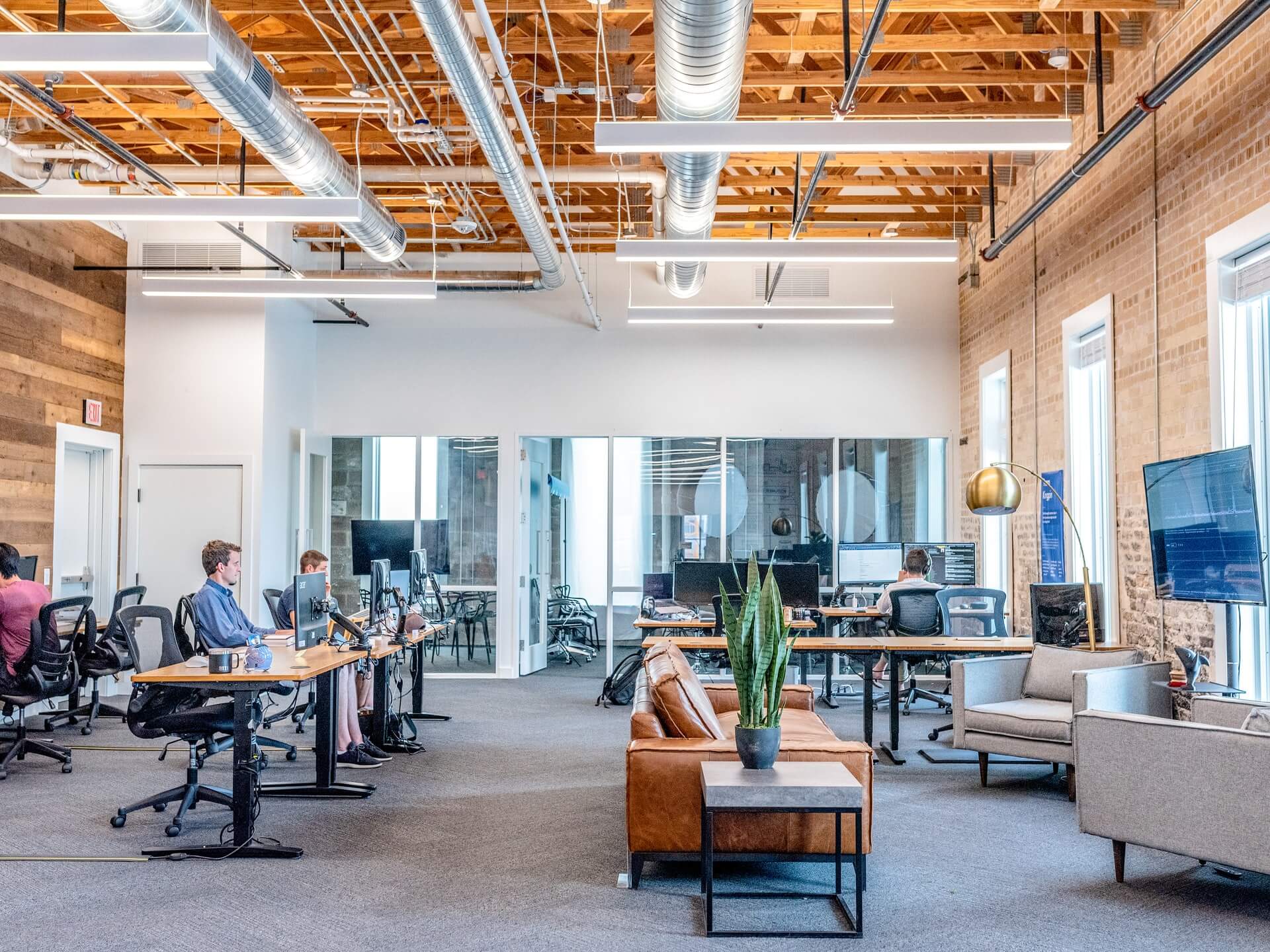Your guide to returning your employees to the office

Here are a few things you need to know.
Make your workplace as safe as possible
As an employer, you have a responsibility to make sure your office follows social distancing guidelines before inviting everyone back. As well as more obvious adjustments like spacing out desks, screens and sanitising stations, think about:
how people should use lifts
guidance for using stairwells
passing in narrow corridors.
Reassure your team about safety
When you’ve done everything you can to make your workplace safe, tell your team about it. Reintroduce them to their ‘new’ office and reassure them about the new procedures you’ve put in place.
Consider letting people keep working from home
If someone is still worried about coming back to the office, are they able to continue to work from home? If this arrangement is likely to be practical and help your team member, it’s worth talking through with them about how you can both make this option work.
Be mindful of what counts as whistleblowing
Raising a concern about health and safety could be seen as whistleblowing and it’s important you take this seriously. As an employer, you mustn’t penalise someone for voicing concerns about their safety. We recommend you get free impartial advice about your whistleblowing policies from Acas before you take any further action.
Remember that some people may be shielding
The NHS may have advised some of your team to shield. This means it’s likely they have a condition that’s classed as a disability by the Equality Act 2010. Disciplining or dismissing them could therefore be disability discrimination. But furlough remains an option for any shielding employee as long as they aren’t off sick on SSP.
Understand why your employee is self-isolating
Some members of staff might be self-isolating in line with government advice. For example they might have:
symptoms of coronavirus
been in contact with someone with coronavirus
been told to isolate by track and trace
been abroad and in quarantine.
Others might be choosing to self-isolate because they’re anxious about the risk of infection. Remember that as well as physical health, Covid has impacted many people’s mental health too. Take the time to understand your employee’s reasons and concerns for self-isolating and try and resolve any issues between you. If you’re concerned about their wellbeing, you might suggest they speak to their GP.
Try to be flexible with working parents
Disruption to schools and nurseries during Covid can naturally cause problems for working parents. If your employee tells you they have problems with childcare, try to work with them in line with their right to time off for dependents or parental leave. They are also entitled to request that they go under the Coronavirus Job Retention Scheme, or take annual leave or unpaid leave, although you can say no.
Get legal advice before taking disciplinary actions
If an employee refuses to come back to work in person, it’s always best to try and resolve the problem between you before beginning formal disciplinary proceedings. If after taking the time to talk with them and understand their concerns you still believe them to be unreasonable, we recommend you take legal advice. This route will help you look at your options around unpaid leave, contractual sick pay, SSP, or disciplinary action in line with your employee’s contract.